Leftovers often sit in our refrigerators, forgotten and neglected. Yet, with a little creativity, they can be transformed into something entirely new and delicious. One such culinary magic trick is turning last night’s braised pork into a rich, savory topping for dan dan noodles. This not only reduces food waste but also elevates a simple dish into a flavorful masterpiece.
The journey from braised pork to dan dan noodle topping begins with understanding the essence of both dishes. Braised pork, or hong shao rou, is a classic Chinese dish known for its tender, melt-in-your-mouth texture and deep, savory-sweet flavor. Dan dan noodles, on the other hand, are a Sichuan street food staple, featuring chewy noodles coated in a spicy, nutty sauce. The combination of the two might seem unconventional, but the rich umami of the pork pairs perfectly with the bold flavors of the noodles.
To start the transformation, the leftover braised pork should be finely chopped or shredded. The goal is to create a texture that clings to the noodles without overwhelming them. If the pork has solidified fat or gelatin from the braising liquid, this is a bonus—it will melt into the noodles, adding an extra layer of richness. A quick reheat in a pan with a splash of water or broth can revive the pork’s tenderness and bring out its flavors.
The next step is to build the dan dan noodle sauce. Traditionally, this sauce is a mix of sesame paste, chili oil, soy sauce, and Sichuan peppercorns. However, when using braised pork as a topping, the sauce can be adjusted to complement the pork’s existing flavors. For instance, reducing the soy sauce slightly can prevent the dish from becoming too salty, as the braised pork already carries a seasoned profile. A touch of sugar or vinegar can balance the richness of the pork.
When assembling the dish, the noodles should be cooked al dente and tossed in the sauce while still hot. The heat helps the sauce cling to the noodles and allows the pork’s fat to meld seamlessly into the dish. The shredded braised pork is then piled on top, along with any remaining braising liquid, which acts as a natural glaze. For garnish, chopped scallions, crushed peanuts, or a sprinkle of cilantro add freshness and crunch.
This reinvented dish is a testament to the versatility of leftovers. What was once a standalone meal becomes the star of another, proving that great cooking often lies in resourcefulness. The braised pork’s deep flavors infuse the noodles with a heartiness that store-bought toppings rarely achieve. It’s a reminder that some of the best meals aren’t planned—they’re created from what’s already on hand.
Beyond its practicality, this method also offers a way to explore regional Chinese flavors in a home kitchen. Dan dan noodles are typically associated with Sichuan cuisine, while braised pork has roots in Jiangsu and Zhejiang provinces. Combining the two bridges culinary traditions, resulting in a dish that feels both familiar and excitingly new. It’s a small act of creativity that can make weeknight dinners feel special.
For those hesitant about experimenting with leftovers, this approach is a gentle introduction. The braised pork’s robust flavor profile makes it forgiving, and the noodle sauce can be adjusted to taste. Even if the result isn’t perfect the first time, it’s likely to still be delicious—a win-win for reducing waste and enjoying a satisfying meal.
In a world where food waste is a growing concern, finding ways to repurpose leftovers is more important than ever. Transforming braised pork into dan dan noodle topping is just one example of how a little ingenuity can turn yesterday’s dinner into today’s culinary delight. It’s a practice that honors the effort put into cooking while embracing the joy of improvisation.
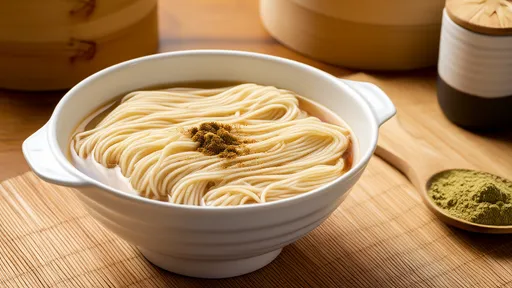
By /Jul 24, 2025
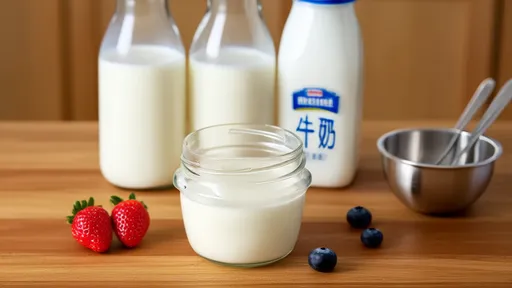
By /Jul 24, 2025
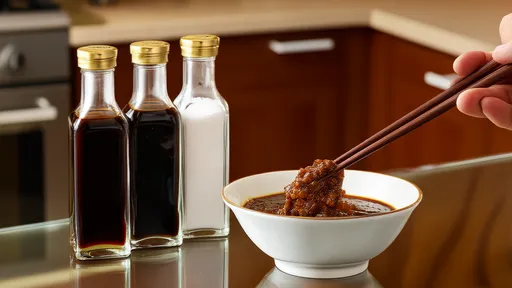
By /Jul 24, 2025
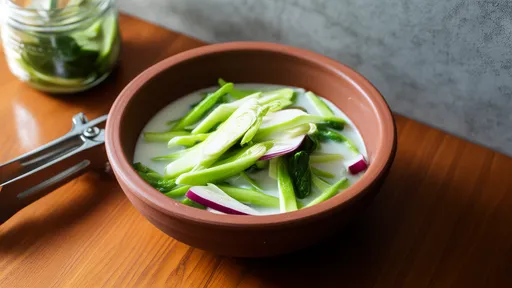
By /Jul 24, 2025
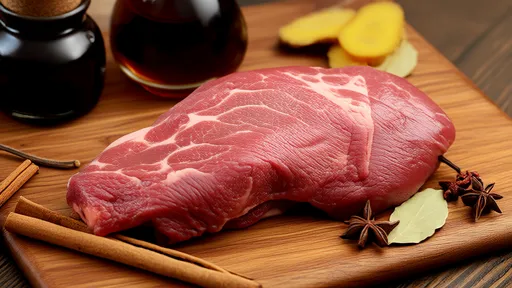
By /Jul 24, 2025
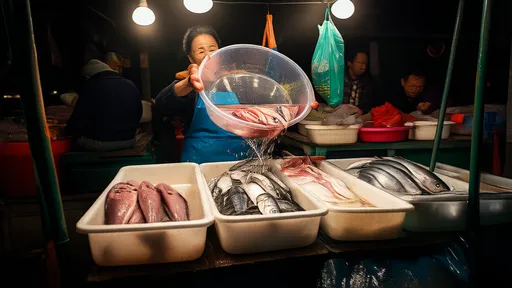
By /Jul 24, 2025

By /Jul 24, 2025
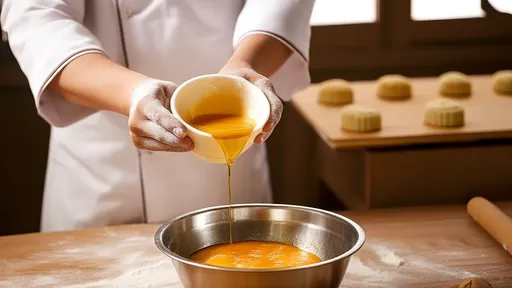
By /Jul 24, 2025
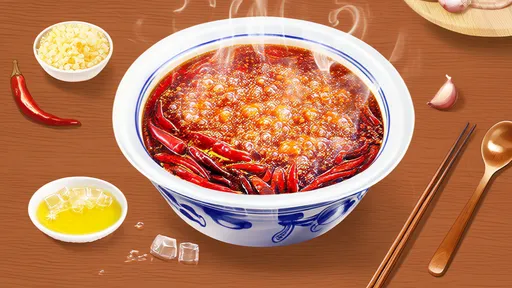
By /Jul 24, 2025
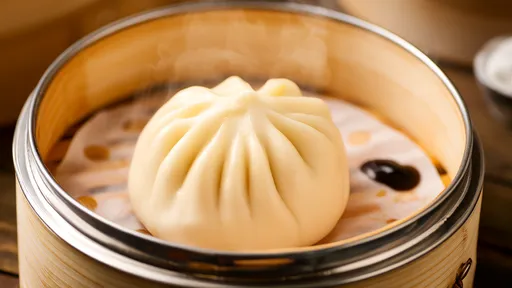
By /Jul 24, 2025
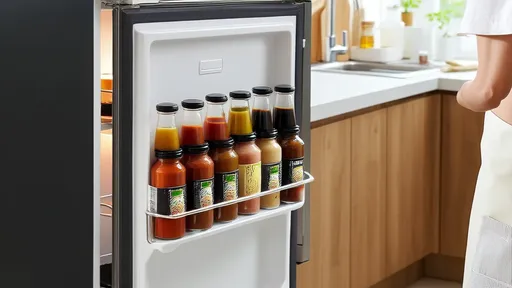
By /Jul 24, 2025
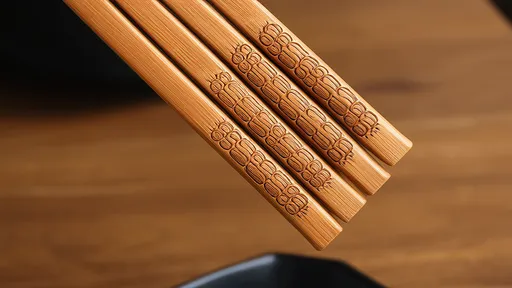
By /Jul 24, 2025
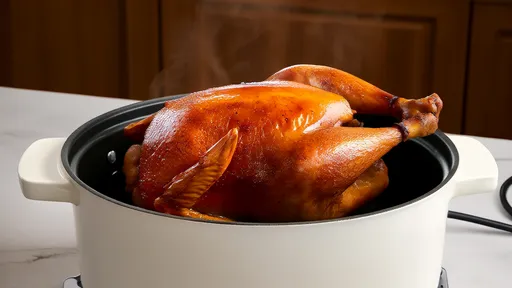
By /Jul 24, 2025
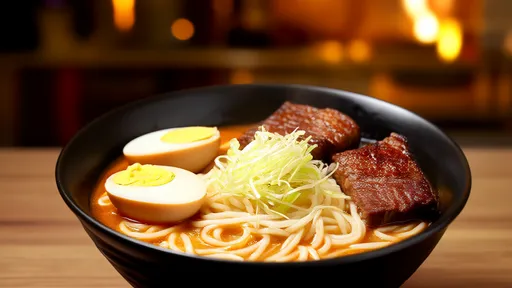
By /Jul 24, 2025
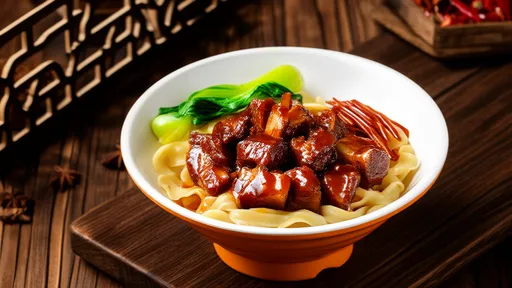
By /Jul 24, 2025
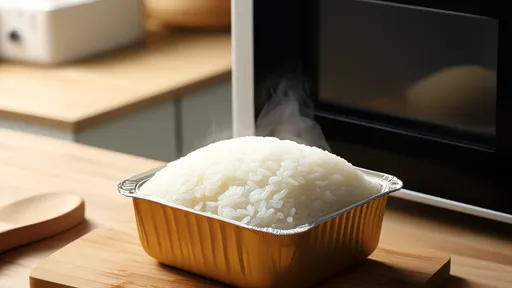
By /Jul 24, 2025
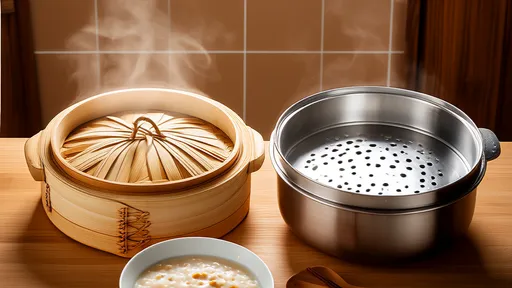
By /Jul 24, 2025
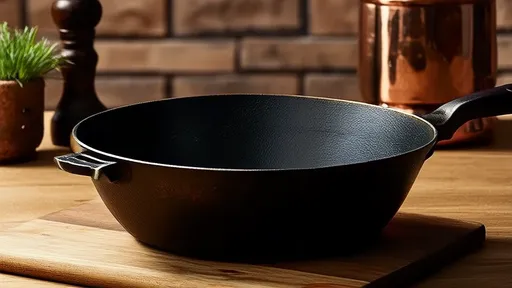
By /Jul 24, 2025